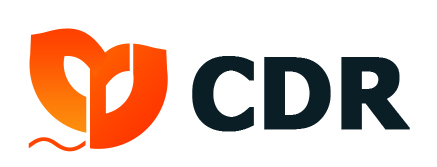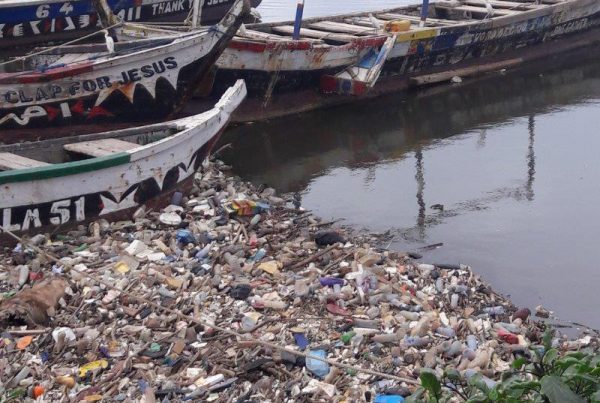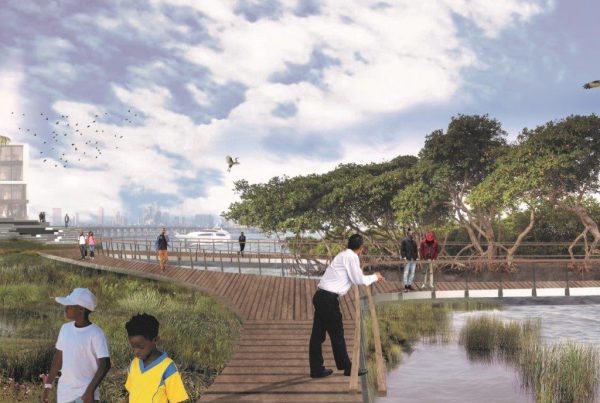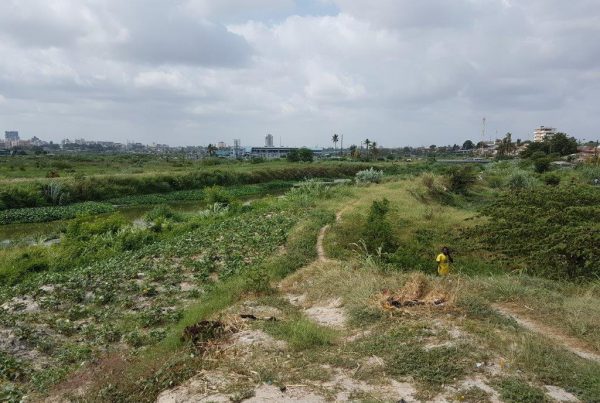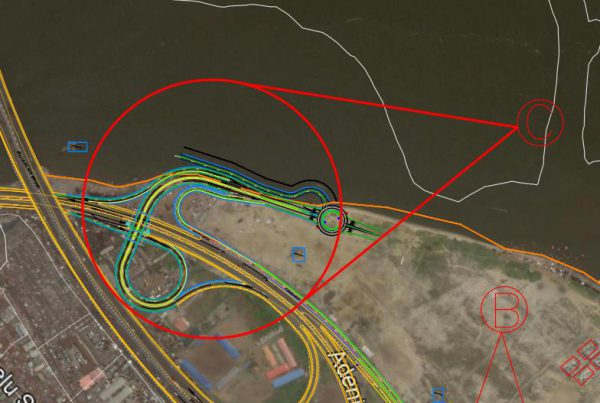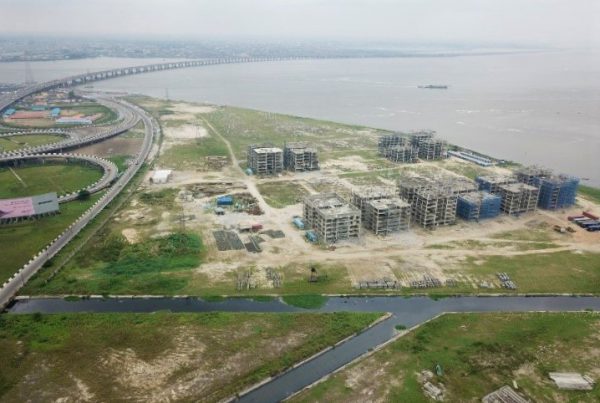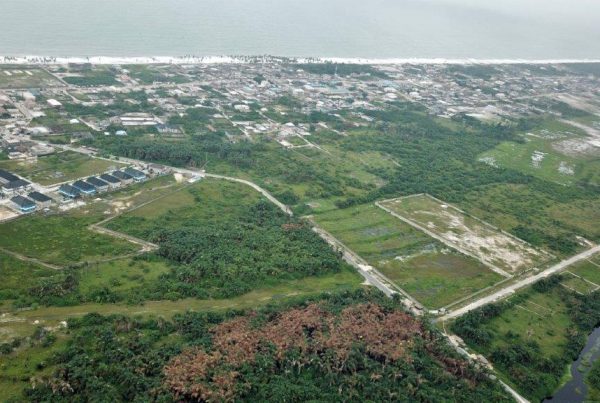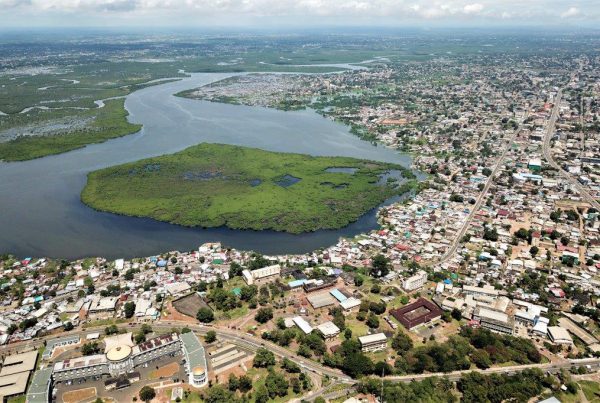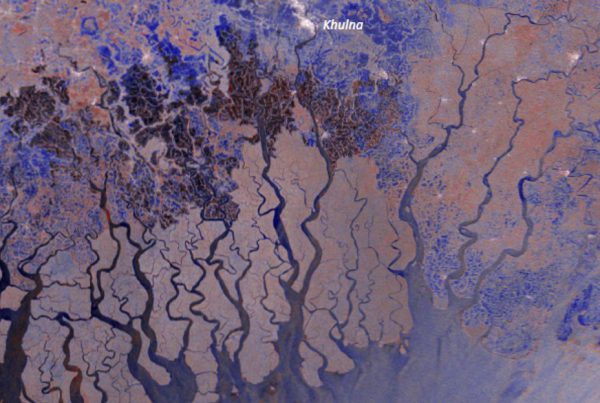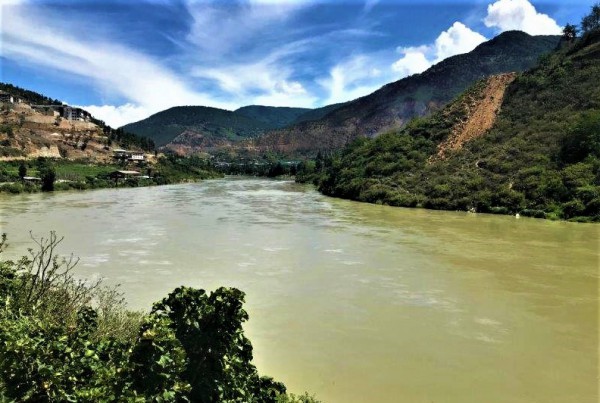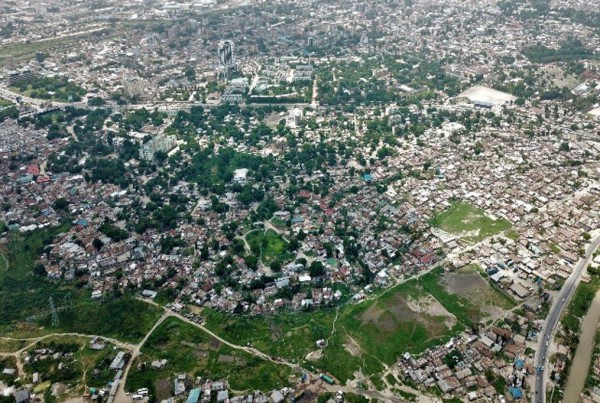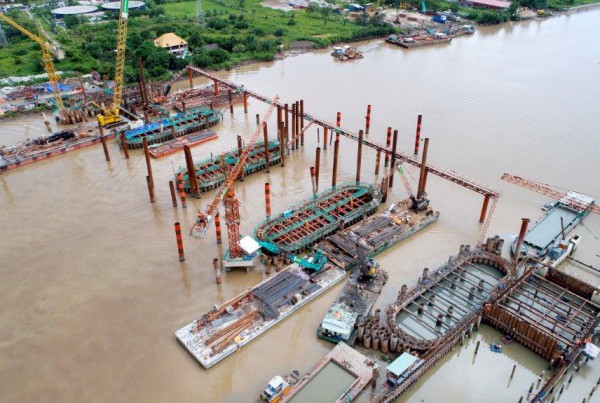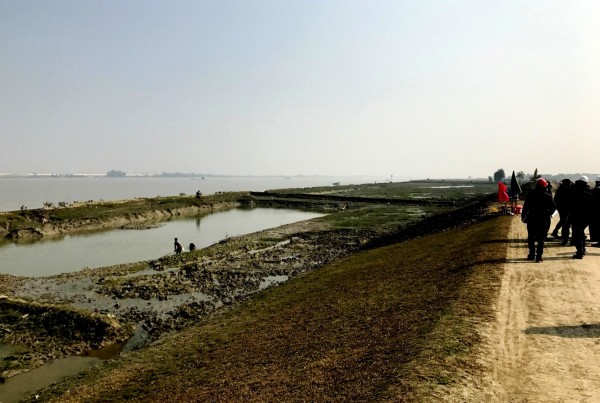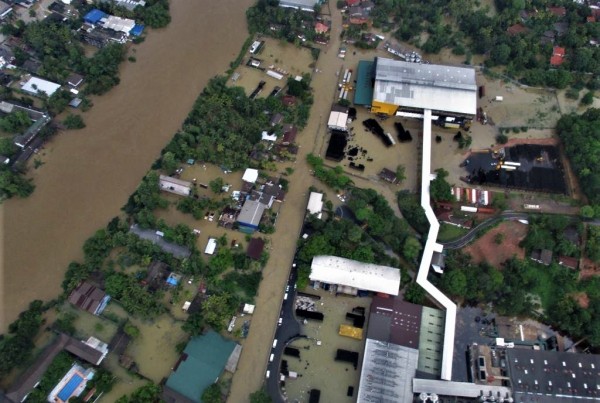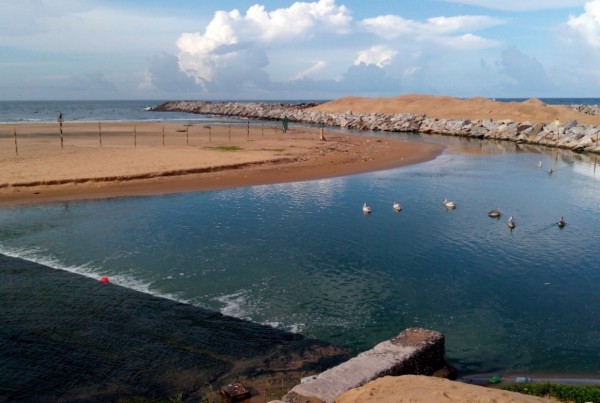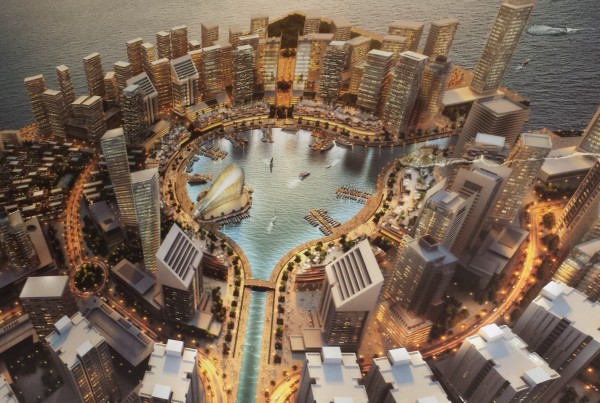
Today, more than half of the world’s population lives in cities and the urbanisation process is expected to continue. In particular in developing countries cities grow fast, but the development of urban infrastructure lags behind. Drainage systems are often under-dimensioned to drain the expanded areas, causing hydraulic congestion and flooding. At the same time the climate is changing and weather is getting more extreme, with locally bigger storms and higher rainfall intensities.
Urbanisation in combination with climate change accelerates the problems; flooding is becoming a reoccurring event in many cities, damages increase, and the number of casualties grows. This calls for the development of sustainable urban drainage systems (SUDS) which can deal with large shares of paved or roofed areas. These urban areas have lost their ability to absorb precipitation (less infiltration, groundwater recharge and evapotranspiration) which is often the problem source.
Approach
Our urban drainage engineering focusses on an integrated and step-wise approach to design cost effective systems with low environmental impact to drain away and manage surface water run-off through collection, conveyance, retention and storage. These systems can be developed both on small (plot size) and large (cities) scales. The approach we adopt implies carrying out the next steps:
- Mapping the catchment areas, identifying the sub-catchments, making – preferably- a 3D Digital Terrain Model detailing the terrain morphology
- Mapping the present drainage system with all its components and dimensions
- Collecting hydrologic, land-use and soil data
- Setting up a simulation model for the present drainage system to identify the bottlenecks
- Evaluating various design alternatives to take out the bottlenecks (in an iterative way), in close collaboration with the client
- Preparing design for the preferred option
Solution options should not only focus at re-dimensioning the drainage network, but equally consider source handling (reducing run-off, upstream rerouting, temporary storage), impact reduction (measures to reduce casualties and damages), and maintenance. We are seeking for the right balance between conveyance and retention.
CDR has the specialists to find solutions for (urban) drainage problems. We work together with specialized topographical surveying companies, amongst others by drones.
Services
CDR can provide the following services in the field of urban drainage:
- Feasibility studies for sustainable urban drainage systems
- Forecast studies for rainfall and catchment area run-off prediction
- Bathymetrical surveys and data collection on present drainage systems in combination with specialized surveying companies
- Setting up numerical models for drainage simulations for discharge capacity engineering purposes
- Design of Sustainable Urban Drainage Systems (SUDS)
